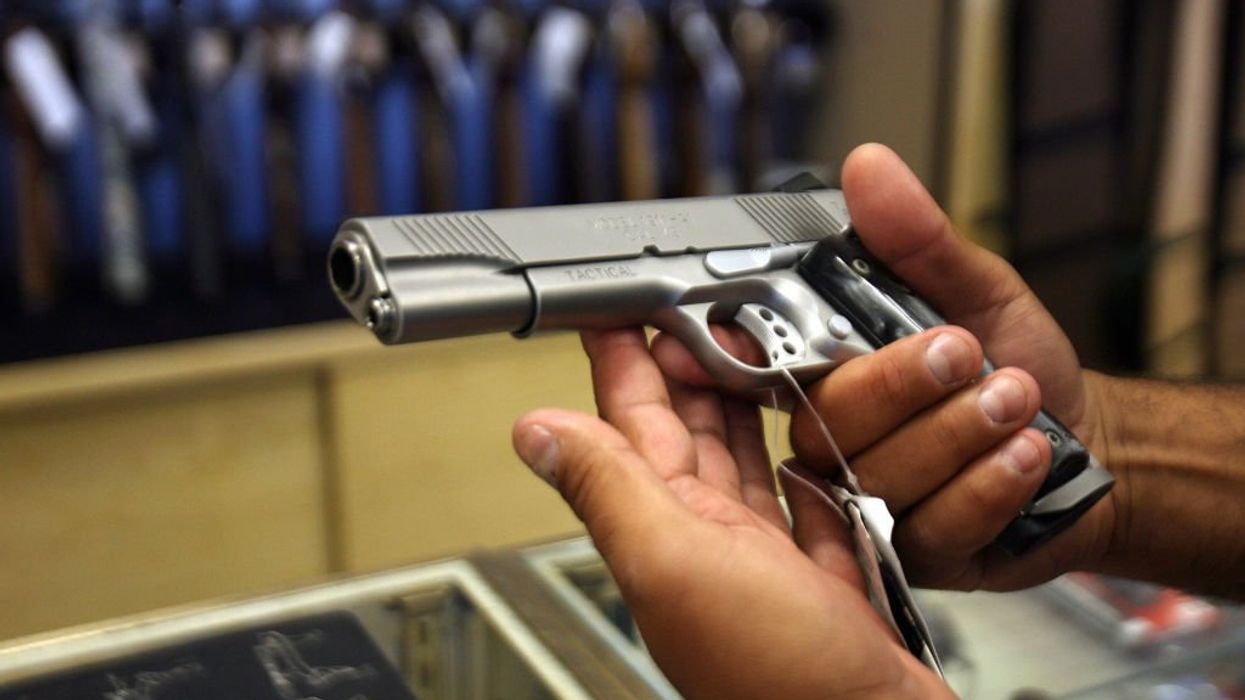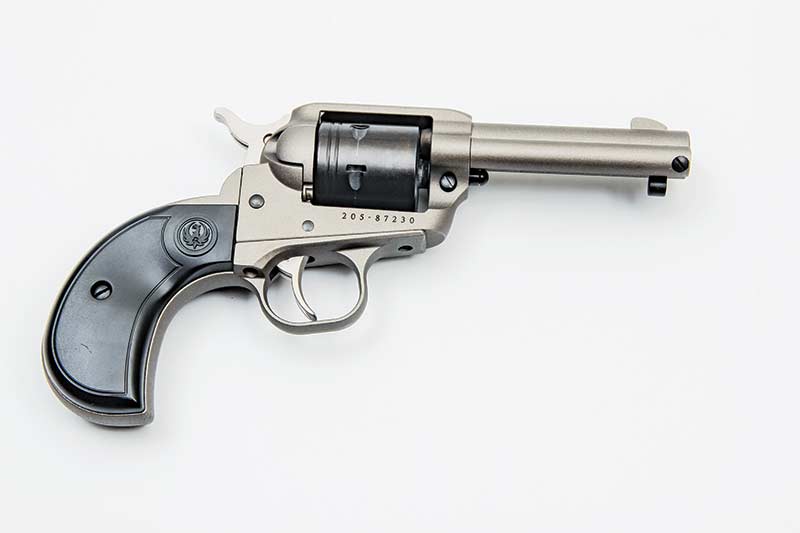
1919 aerial footage WW1 battlefields


Several major credit card companies have decided to move forward with a plan to track purchases made at gun retailers in California, CBS News reported Monday.
American Express, Visa, and Mastercard will implement a new merchant code for firearm and ammunition retailers, allowing banks to track “suspicious” purchases to comply with a new California law. Adopting the code will not provide information about the specific items purchased at the retailer, as credit card companies do not record data at an SKU level.
Retailers are assigned merchant category codes based on the types of items they sell. According to Mastercard’s quick reference booklet, gun stores are currently assigned the “miscellaneous” or “durable goods” merchant category code. Other businesses listed under those codes include gas lighting fixtures, musical instruments, fireworks, fire extinguishers, grave markers, luggage, and wood chips.
In 2022, the International Organization for Standardization approved a unique code for firearm retailers. California then passed a law requiring retailers to adopt the ISO’s new code by May 2025.
The three major credit card companies previously agreed to assign the new code to gun retailers to allow banks to track firearm purchases more easily. In September 2022, 24 Republican state attorneys general wrote a letter to the companies, urging them to reconsider, Blaze News previously reported. According to the AGs, implementing a unique code could violate citizens’ rights.
“Categorizing the constitutionally protected right to purchase firearms unfairly singles out law-abiding merchants and consumers alike,” the letter argued.
Supporters of the law believe that the implementation of a unique code could prevent mass shooting incidents. Conservatives argue that the move will infringe on Second Amendment rights and potentially cause banks to flag and report so-called suspicious purchase patterns that target law-abiding Americans.
In March 2023, the companies agreed to halt their plans to implement the new code, citing pressure from Republican politicians, Blaze News previously reported.
On Monday, CBS News stated that American Express, Visa, and Mastercard have since reversed course and once again plan to adopt the new code to comply with California’s law.
The news outlet reported that the credit card companies told congressional Democrats last month that the new code would be available and ready for use in California by May 2025.
Mastercard executive Tucker Foote wrote to lawmakers, “The applicable standalone merchants in California primarily engaged in the sale of firearms will be required to utilize the code.”
Visa senior vice president Robert B. Thomson III’s comments to lawmakers seemed to indicate that the company will continue to pause the adoption of the code at least until California’s new law goes into effect in 2025. CBS News reported that Thomson assured Democrats that Visa would endeavor to comply with the state’s rule.
Thomson wrote, “With respect to the [firearm merchant code], there continues to be a tremendous amount of regulatory and legislative uncertainty.”
“Given the conflicting state laws on this topic and the likelihood that other states will enact legislation to either restrict or mandate the code, our implementation pause remains in effect,” Thomson added.
 The .22 LR Ruger Wrangler has been around a couple of years now and is a favorite among all kinds of shooters. Now, adding a bit of spice to the mix is the Ruger Wrangler Birdshead model.
The .22 LR Ruger Wrangler has been around a couple of years now and is a favorite among all kinds of shooters. Now, adding a bit of spice to the mix is the Ruger Wrangler Birdshead model.Mirroring all the features and available finishes of the standard Wrangler, the Birdshead model features a Birdhead grip frame to give it a bit of panache. We tested this out over the weekend with some less-experienced shooters and like the “regular” Wrangler, they immediately fell in love. The low recoil, simple manual of arms and “cowboy” feel make the gun popular for both plinking and training. In fact, just for fun, I’m going to build a .22 LR 2-gun “Cowboy” rig featuring my regular Wrangler in a strong-side shuck while the Birdshead will ride crossdraw. It might not be Doc Holliday-approved, but it’ll be just as much fun and lots cheaper to shoot!
MSRP: $279, street price around $200